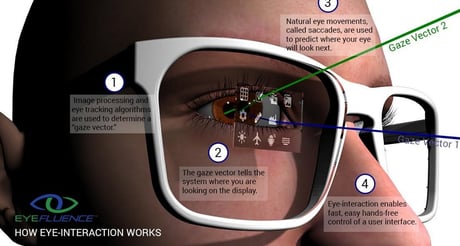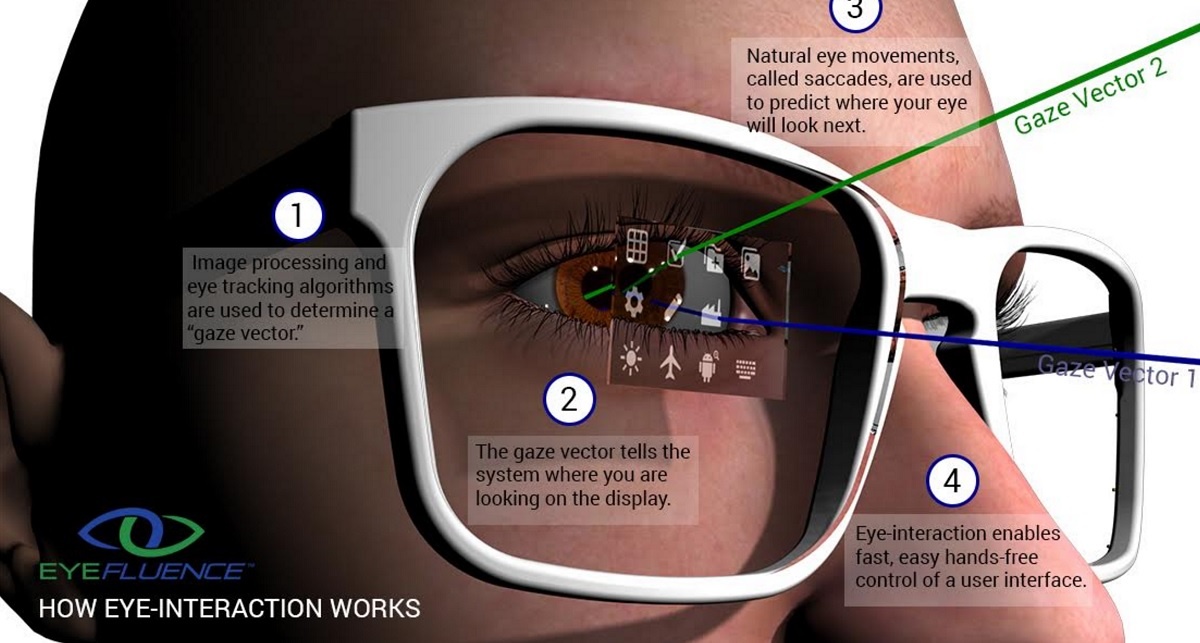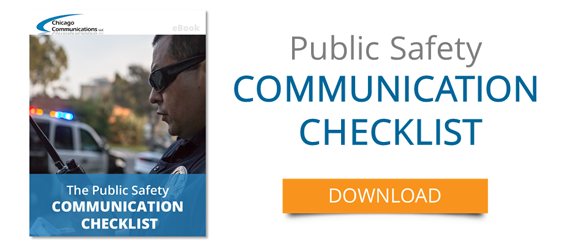Motorola Solutions is working to make virtual reality in public safety a reality for perhaps the not-too-distant future with cutting-edge technology that will give personnel at command centers the experience of being on the ground at incident scenes.
Motorola Solutions recently ran live demonstrations of the new technology at this year’s Association of Public Safety Communications Officials (APCO) convention in Orlando, Fla.
The immersive experience that was demonstrated makes use of new, existing and evolving technology including: virtual reality glasses,  360-degree cameras, body-worn cameras, head-mounted displays, drone cameras and eye interaction technology from a startup called Eyefluence.
360-degree cameras, body-worn cameras, head-mounted displays, drone cameras and eye interaction technology from a startup called Eyefluence.
In announcing the investment in Eyefluence late last year, Motorola Solutions Chief Technology Officer Paul Steinberg said the technology has the potential to transform public safety.
"Imagine if police officers could get information on an unfolding crime scene without visibly moving a muscle," Steinberg said. "Instead, they would use only the motion of their eyes behind sunglasses, leaving their heads up and their hands free to manage the scene and take quick action. Eyefluence is part of Motorola Solutions' increasing investment in smart public safety solutions that power safer cities through innovative technologies."
Demo Scenario: On the Scene
Imagine a scenario that’s unfortunately all too common: a bank robbery. On the scene, officers are outfitted with body-worn cameras as well as head-mounted displays. A drone camera is hovering overhead, and a 360-degree camera is mounted on the battalion chief’s car.
Inside the head-mounted displays are both cameras and the eye interaction technology from Eyefluence. The latter tracks the wearers’ eye movements and uses those movements to control camera views, including zooming in and out, in much the same way a mouse click would on a screen.
Demo Scenario: At the Command Center
Back at the command center, the incident operator manages a dashboard that has access to all of the various camera views available at the scene, including worn, drone and stationary.
The operator also has a head-mounted display with the eye interaction technology, and they can collaborate with people on the scene about what and who to look at. Each camera’s view also offers information about the wearer’s activities, such as what time their shift started and where they were on patrol.
Combining the camera’s views at the scene gives the command center a comprehensive overview that’s unprecedented, and it isn’t hard to imagine how such access could save lives. Eventually, the technology could be paired with any number of applications to aid public safety, such as facial recognition software and background checks.
Preparing for the Future
To bring the technology to life, Motorola officials say they’re getting inspiration and ideas from an unexpected source: the gaming industry, which already uses virtual reality technology. As the gaming industry hones the eyewear technology and works with existing systems to be able to process so much live video, Motorola is using their learnings and applying them to public safety communications.
As we all get ready for a future that puts virtual reality in public safety, it’s a good time to think about whether to add to or upgrade your public safety communications checklist, including body-worn cameras and dispatch center equipment.



